#starion
Text

#animated gif#animated gifs#gif#gifs#old advertisements#old ads#retro#vhs#starion#mitsubishi#mitsubishi starion#rally#desert#powerslide#cars
44 notes
·
View notes
Text
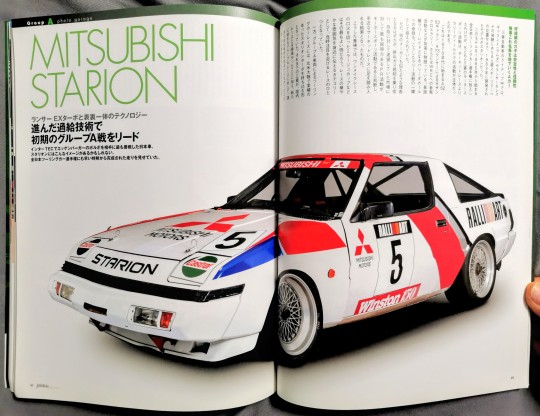

MITSUBISHI STARION
Technology that is inextricably linked to the Lancer EX Turbo
Leading early Group A races with advanced supercharging technology
The Japanese car that fought best against Eggenberger's Volvo at the Inter TEC. Starion may have such an image. In the All Japan Touring Car Championship, he showed a perfect run from an early stage.
Stability and reliability are the keys to good results A-car that makes it to the ground safely
In the lineup of Mitsubishi Motors, the model developed in 1982 was the Starion, positioned as a high-end sports coupe that was the successor to the Galant (Lambda) and Lancer Celeste.
This model was introduced in the All Japan Touring Car Championship that began in 1985, but Mitsubishi's motorsports activities were originally focused on rally fields rather than circuit races.
This is clearly evidenced by the A53/55 Galant, the Southern Cross Rally with the AR73 Lancer, and even participation in the WRC, which began in the 1970s. Participation in the long-distance rally raid from Paris to Dakar was also seen as part of these rally activities.
However, for other manufacturers, for similar reasons, the most convincing PR activity for a market that was hungry for performance while surviving emissions regulations was motorsport. It was a result of making a decision and stepping into the circuit race at hand.
In this sense, the Mirage Cup, which started the one-make race, is probably the best example. As a category that conveys the glamorous atmosphere of racing, it was one of the races that attracted attention at the time.
On the other hand, in the touring car race of Group A vehicles, the Starion Turbo, which had a proven track record in the North American continent, was brought in. One of the reasons for this was that until then, Mitsubishi had had little to do with domestic races, and that they could not find a suitable car to participate in the newly-started Group A race.
This is also the case with Nissan's Group C cars, which used the proven mechanics of the IMSA series in the form of "reverse imports."
Well, that Stallion is equipped with a G63B type 3-valve SOHC + turbocharger engine. Mitsubishi had accumulated turbocharging technology with the Lancer EX2000 for WRC. The engine type of the Lancer EX2000 Turbo is the 4G63 type (different from the 4G63 type of 4-valve DOHC used in the Lancer Evolution series later. It is the SOHC 2-valve engine that became the prototype of this), and the basic part is Stallion's
Common with the G63B type. Looking back on these circumstances, Mitsubishi had a certain amount of experience and confidence in the basic mechanisms and content that make up the vehicle.
The first Stallion that appeared in such a background was InterTEC in 1985. After that, Akihiko Nakatani, who became the main driver of the Stallion, was combined with M. Liu and Fumio Mutoh to finish 4th overall. Considering that the 1st and 2nd place was the Volvo 240 Turbo and the 3rd place was the BMW 635CS, it was a good result, what happened to the other Japanese cars?
Then, from 1986, Kunimitsu Takahashi and Akihiko Nakatani teamed up to participate in the All Japan Touring Car Championship series on a regular basis. He finished 5th in Round 1 and 3rd in Round 2, and in Round 3 at Tsukuba, he finally won his long-awaited first victory.
At this time, the opponent was Takao Wada/Aguri Suzuki's Skyline RS Turbo, and although they conceded the series championship, they were always on even terms and won the 2nd place in the series. He had become a presence respected by other entrants.
The following year, 1987, they maintained their first-class competitiveness and got off to a great start with two consecutive wins at the opening of West Japan and West Sendai. After that, he continued to lose races due to trouble, but he managed to win the series ranking 3rd place thanks to his savings in the early stages. He has proven that he is still a first class contender.
In 1988, the Skyline fleet changed to the HR31 type, the Sierra RS500 increased, and the Supra entered the war. The SOHC system engine was already severe, and the chassis performance had reached the stage of review.
In terms of results, the 2nd place in the match against Nishi-Sendai was conspicuous, and the number of cases where other division 1 cars fell behind was increasing.
On the other hand, the wide-body GSR-VR (1987) was launched on the market during this period, and the basic performance was slightly improved, but compared to the trend of rival cars, the progress of evolution was not good. He took small strides and eventually withdrew from Group A racing in 1988.
After that, Mitsubishi's motorsports activities shifted to Group A rally cars with turbo 4WD starting with the Galant VR-4, and after the release of the Lancer Evolution series, it became a WRC top contender until it captured the world title.
Even so, in 1986, when the race began in earnest, the Stallion, whose basic design was already outdated, was able to achieve such a good track record. It's nothing but Taka.
At the 1986 Inter TEC, which was the debut race, it was exciting to see the Stallion running fast and make the Volvo team say, "What is that car?"
58 notes
·
View notes
Photo
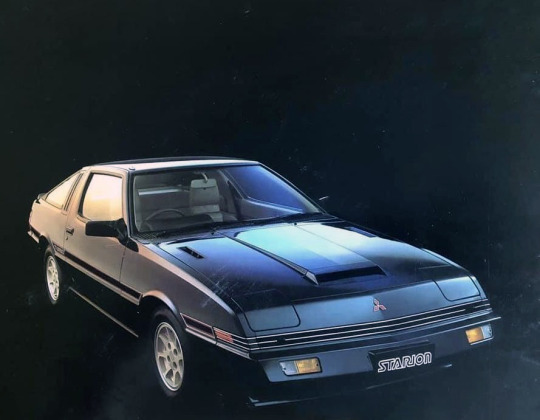
1983
269 notes
·
View notes
Text
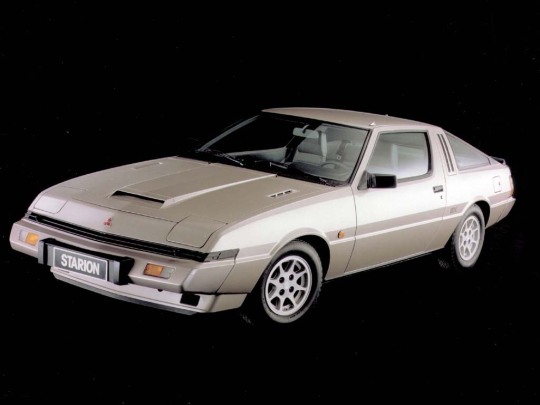


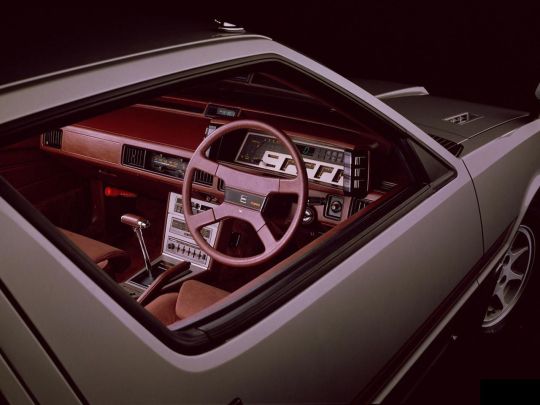
1982 Mitsubishi Starion
My tumblr-blogs:
www.tumblr.com/germancarssince1946 & www.tumblr.com/frenchcarssince1946 & www.tumblr.com/englishcarssince1946 & www.tumblr.com/italiancarssince1946 & www.tumblr.com/japanesecarssince1947 & www.tumblr.com/uscarssince1935
3 notes
·
View notes
Text

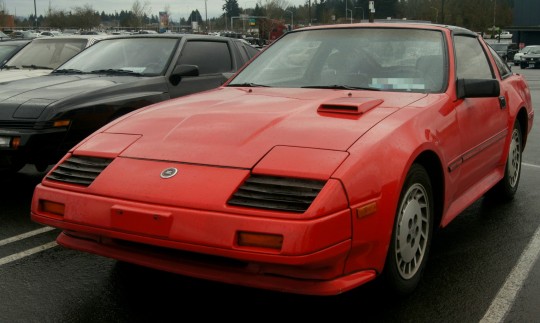

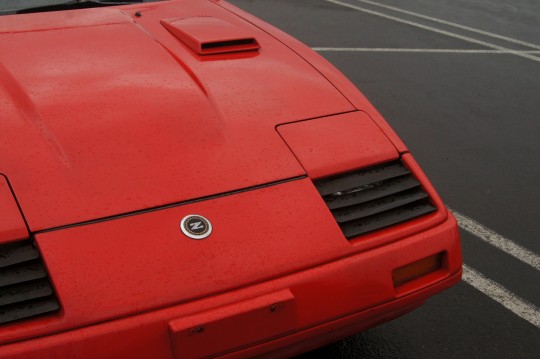

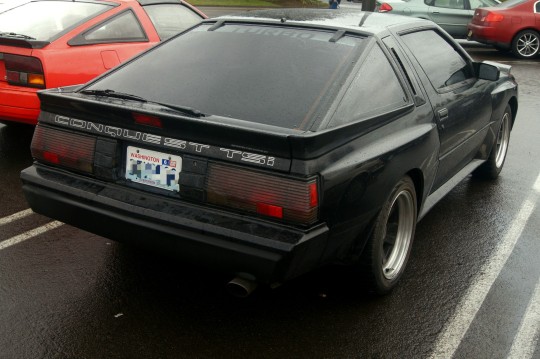
55 notes
·
View notes
Photo

UK 1985
14 notes
·
View notes
Photo


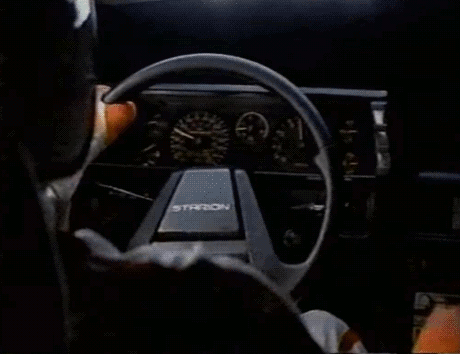


#mitsubishi turbos#starion#cordia#tredia#mirage#1984#1985#vhs#gif#logo#chicagoland#chicago#laguna seca#80s style
51 notes
·
View notes
Text
Some profile pics of some Alayveon characters!






9 notes
·
View notes
Text

I need one again
Starion
Eastern classic
#cars and coffee#car show#carscene#classic cars#sydney cars#jdmlifestyle#jdmgram#jdmculture#mitsubishi#starion#mitsubishi starion#easternclassiccarclub#eastern classic#chrysler
26 notes
·
View notes
Photo


Mitsubishi Starion at Final Bout 5 (2022) in Shawano, WI.
#final bout 5#final bout#jdm#japan#tokyo#stance#stnaced#mitsubishi#lancer#evo#evolution#starion#ecilpse#dsm#ralliart#3000gt#gto#fto#galant#i#ii#iii#iv#v#vi#vii#viii
13 notes
·
View notes
Text

#animated gif#animated gifs#gif#gifs#old advertisements#old ads#retro#vhs#80s#toyota#starion#toyota starion#dune buggies#off road racing#car ads
23 notes
·
View notes
Video
Tokyo Station Marunouchi Station Building : 東京駅丸の内駅舎 by Toshihiro Gamo
#2020#Autumn#November#Japan#Tokyo#Chiyoda#Chiyoda-ku#Chiyoda Ward#Marunouchi#City#Cityscape#Land Scape#Outdoor#Architecture#Building#JR#Starion#Tokyo Station#JR Tokyo Station#Station#People#Night#Dark#Light#SONY#α7C#ILCE-7C#Sonnar T* FE 35mm F2.8 ZA#SEL35F28Z#flickr
4 notes
·
View notes
Text
@a-crookedtouch sent: “What?” Astarion’s features wrinkled. He leaned back putting the smallest amount of space between them. “You can stare all you like. But you surely approached me with something in mind?”

Yes, the drow supposed he had. But he was more interested in the colour of those eyes in front of him. Red, like his had once been, until the tadpole had slipped its way behind them. Then they had changed. The connection between him and his cruel goddess had been severed, so it seemed.
At first, Sornin did not know. It was only when he'd seen the reflection of himself within the water he'd been cleaning himself up in that he noticed they were no longer red, but violet. Was that possible? Could the illithis truly sever the connection, or was he just being desperately hopeful?
Either way, the red eyes he was used to staring back at him were not those of elves from the surface, but the drow such as him. Lolth sworn drow.

"Wrinkles don't suit that smooth face of yours," he commented as the elf scowled in his direction. "Someone might mistake you for being old." There was a smirk at Sornin's lips, telling that he was teasing on purpose.
#IC#c: Sornin#Starion#// Hello welcome Sornin is a butt :) but he still thinks Astation is pretty lol
1 note
·
View note
Text
I remember now...Astarion reminds of Elaith Craulnober!
No wonder he's my fav
1 note
·
View note
Text



#game#video game#racing game#racing video game#xbox series x#xbox#forza#xbox series s#forza horizon 5#fh5#race#racing#mitsubishi#starion#mitsubishi starion#jdm#coupe#tuner#sports car#superstreet#streethunters#speedhunters#motortrend#big wing#rwd#rear wheel drive#black car#2 door#vintage car
0 notes
